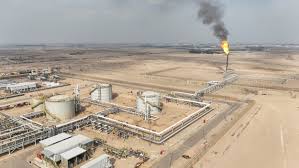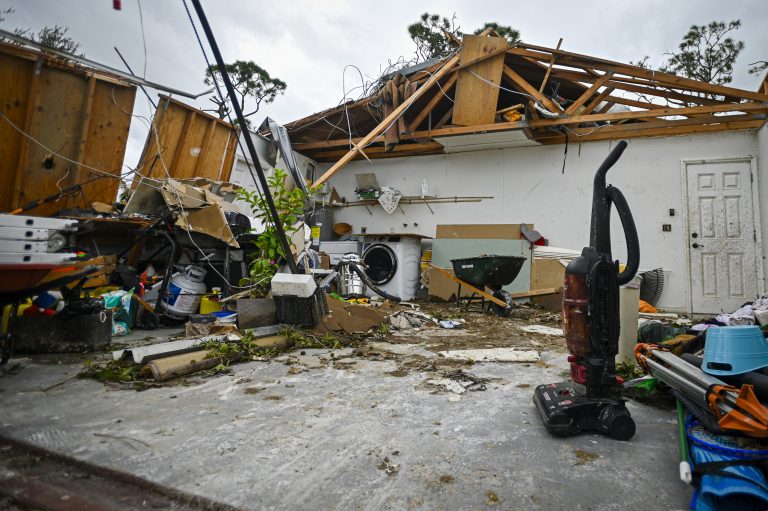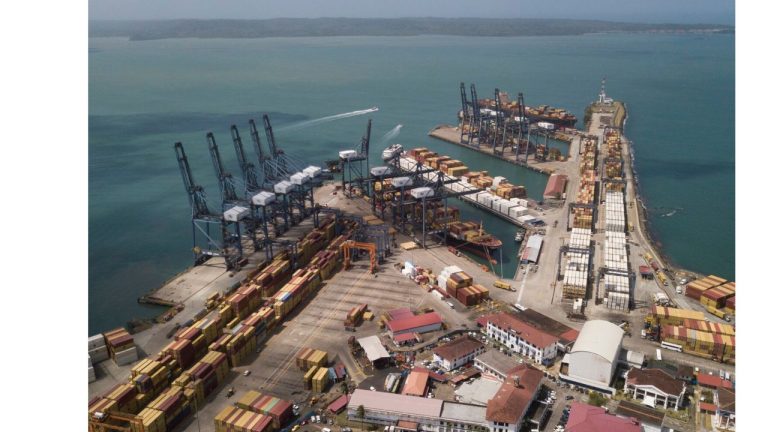Earth Shakes Under Washington: 3.4 Magnitude Quake Strikes, Is Your Area Safe?
It’s not every day you wake up to the ground shaking beneath you, but that’s exactly what happened early Saturday morning. A magnitude 3.4 earthquake struck around 3:45 a.m., just southeast of Auburn, near the Green River. People across the region, from Tacoma to Seattle, felt the tremors. Some described it as a quick shake, others said it was enough to rattle windows and doors.
No Major Damage, But Still a Wake-Up Call
Luckily, there have been no reports of major damage or injuries—this wasn’t a massive quake. The earthquake happened about 25 kilometers deep in the Earth, which helped reduce its impact. But for those who felt it, the experience was a sharp reminder that earthquakes can happen when you least expect them.
Why Does Western Washington Feel Earthquakes?
Western Washington is no stranger to seismic activity. The region is sitting right on top of where two massive tectonic plates—Juan de Fuca and North American—interact. That means earthquakes are a regular occurrence, and they come in different forms:

- Shallow Fault Quakes: These are closer to the surface and often felt more strongly by people nearby. They tend to last only a short time, but they can make your heart race.
- Deep Earthquakes: These are caused when tectonic plates slip at a deeper level, affecting a larger area but generally causing less intense shaking.
- Subduction Zone Earthquakes: These are the big ones that happen when one plate slides under another, building up massive pressure. The Cascadia Subduction Zone is where the big ones could originate.
Why You Should Always Be Prepared
Even though this earthquake was on the smaller side, it’s a good reminder to be prepared. The fact that this one caught a lot of people off guard just goes to show that earthquakes don’t need to be huge to get our attention. It’s a good idea to make sure your home is earthquake-ready—secure furniture, check your emergency kit, and know what to do if the earth starts shaking again.
Stay Updated and Ready for Anything
The earthquake’s over, but the lesson isn’t: Keep an eye on local updates and stay informed through official channels like the Pacific Northwest Seismic Network. We never know when the next tremor might hit, so being prepared is the best way to stay safe.
While today’s quake wasn’t a huge threat, it’s always good to be ready—just in case the next one is bigger.






